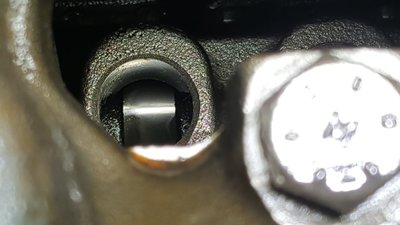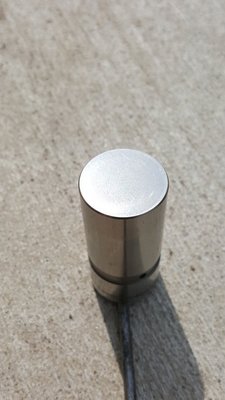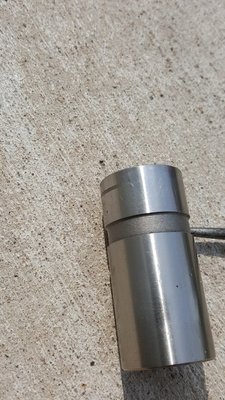miller
Well-Known Member
Right. So it's clear, that pre-load, is made from the push rod length, so once the valve train is (slowly) bolted into place, push rods force the lifter cups down, off the retaining rings. Makes positive contact for the push rod end, to lifter cup...no gap.
Hydraulic lifters always compress some, usually against the internal spring. You never want the lifter cups, to be able to contact the retaining ring...otherwise, they wouldn't stay together very long.
Hydraulic lifters always compress some, usually against the internal spring. You never want the lifter cups, to be able to contact the retaining ring...otherwise, they wouldn't stay together very long.


















